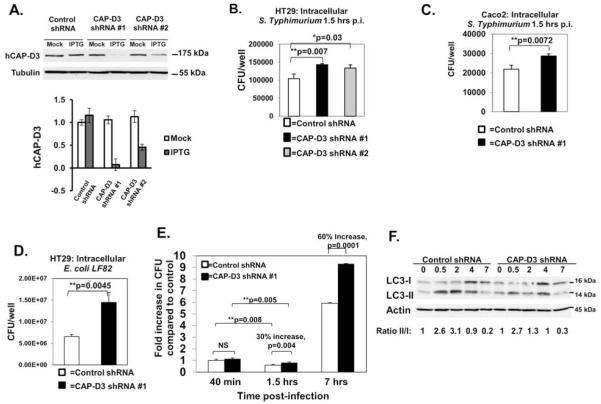Figure 1. CAP-D3 promotes bacterial autophagy in human colon epithelial cells.
A) Immunoblot showing reduced expression of CAP-D3 in HT-29 cells treated with IPTG to induce expression CAP-D3 shRNAs in comparison to cells treated with PBS (mock) and cells expressing control (non-target) shRNA. CAP-D3 protein levels were normalized to tubulin and quantified in the bottom panel. Gentamycin protection assays of Salmonella infected HT-29 (B) or Caco-2 (C) cell lines at 1.5 hours post-infection, and of AIEC LF82 in HT-29 cells (D) demonstrate significant increases in bacteria in cells expressing CAP-D3 shRNAs. Mean±SD. E) Gentamycin protection assays performed in Salmonella-infected HT-29 cells expressing CAP-D3 shRNA or control shRNA show enhanced bacterial survival in CAP-D3 deficient cells beginning after 40 minutes. Bacterial survival graphed relative to CFU/well of control shRNA expressing cells at the earliest timepoint. Mean±SD. F) Immunoblots demonstrate lower ratios of LC3-II/LC3-I protein in Salmonella infected HT-29 cells expressing CAP-D3 shRNA. Protein levels normalized to actin, then quantified relative to uninfected controls. The experiment shown is representative of three independent immunoblots.

